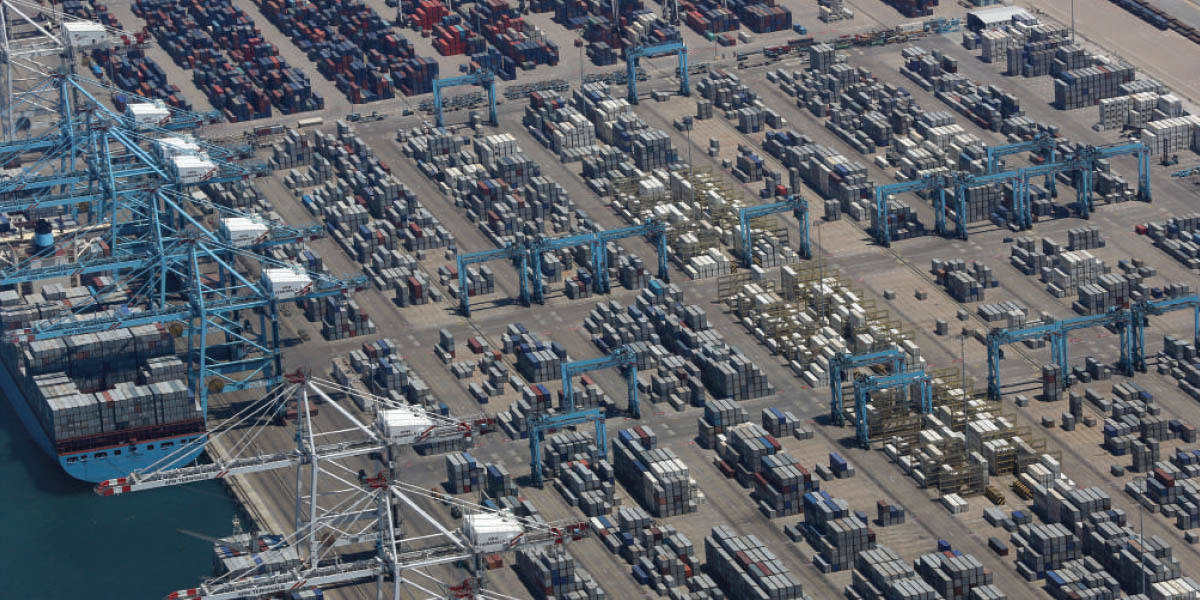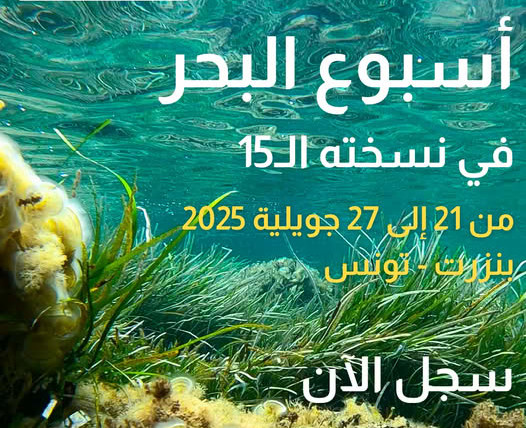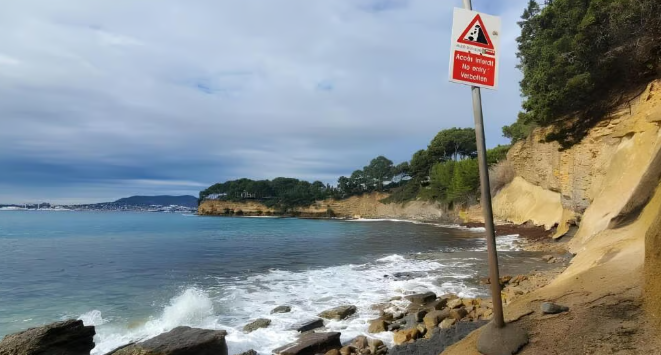
It’s a telling sign of Tangier Med’s attractiveness to global shipping giants. The three maritime freight alliances that dominate the global container shipping market, set to be operational in February 2025, have all listed Tangier Med as a key transshipment hub. With a capacity of 9 million TEUs (twenty-foot equivalent units) and connections to 180 ports, the Moroccan platform certainly has the assets to attract the radar of these global giants.
Starting next February, a reconfiguration of the global shipping industry is taking shape, with significant consequences for shippers and ports. From this point forward, the containerized maritime transport market will be structured around four blocs: three alliances comprising ten major global shipping companies and the Swiss-Italian group MSC, which has chosen to operate independently.
Among the alliances, Maersk has teamed up with Hapag Lloyd within the Gemini Alliance. CMA CGM, China Ocean Shipping Company (Cosco), and Evergreen form the Ocean Alliance. The third group, Premier Alliance, includes Japan’s Ocean Network Express (ONE), South Korea’s HMM (8th globally), and Taiwan’s Yang Ming.
Tangier Med: A Crucial Transshipment Platform
The Tangier Med complex will integrate the services of Premier Alliance and Gemini starting in February. Premier Alliance serves a network of 49 ports worldwide. The alliance’s services will dock at the terminal operated by Tanger Alliance, managed by ONE, HMM, and Yang Ming.
This new alliance will operate on major international shipping routes, including Asia-Northern Europe, Asia-Middle East, Asia-Mediterranean, Asia-West Coast of North America, and Asia-East Coast of North America.
As part of the Gemini Alliance, Maersk and Hapag Lloyd, the first and second largest shipping companies in Tangier Med, will incorporate the port complex as an essential transshipment platform in their Mediterranean rotations starting in February.
According to TMSA management, “The selection of the Tangier Med port complex by the Gemini Alliance is due to the port’s global leadership in operational performance.”
The main lines of this alliance will call at 56 ports, while 29 additional ports will be served by dedicated feeders (smaller vessels that connect transshipment hubs with final container destinations). The shipping companies have decided to increase their joint services, rising from 17 to 24 on the Europe-Asia routes and nearly doubling on the Med-Asia rotation, which includes Tangier Med.
Changes on the Europe-Asia Routes
On the Europe-Asia routes, the changes will primarily affect Northern Europe. The major ports will retain most stops. Rotterdam will have 18 services, and Antwerp-Bruges 12, for a total of 30 services between the two ports.
This redistribution means five additional stops for the Dutch port starting in February 2025 and two more for the Belgian port. The most significant growth in Northern Europe is seen in Hamburg, which gains eight connections, totaling 16 services. The port of Bremerhaven also strengthens its position with one additional service.
Hapag Lloyd’s inclusion in Gemini has favored German ports. Furthermore, MSC, active in German cargo handling, aims to maintain services to Northern Europe. Tangier Med and its rival Algeciras retain their positions. Links between the Mediterranean and Asia are heavily impacted by tensions in the Red Sea.
Red Sea Tensions and their Impact
Houthi attacks on ships and rerouting via the Cape of Good Hope have made Eastern Mediterranean ports virtual “dead ends.” As long as the situation in the Bab-el-Mandeb Strait remains unresolved, shipping companies must innovate.
In these conditions, connections to Mediterranean ports are carried out via transshipment from western basin ports, particularly Tangier Med, Algeciras, or even Valencia.
Why Alliances are Reshaping
Cooperation between maritime companies is longstanding. Before 2008, the market was organized around maritime conferences, which went as far as combining technical and financial collaboration. However, this system ended in 2008, banned by European regulators. Maritime companies, however, continued to benefit from exemptions concerning competition rules.
In exchange for allowing shared resources, they were required to maintain separate commercial policies. In 2017, as their finances worsened, container shipping companies organized themselves into three major alliances.
The system has always been criticized by shipping clients who feared price collusion. However, during the post-COVID period, when service quality plummeted even as freight rates soared, pressure on these alliances intensified significantly.
End of an Unusual Exemption
On October 10, 2023, the European Commission decided not to renew the exemption previously granted to containerized shipping consortia, which officially ended on April 25, 2024.
However, Brussels ensured that cooperation between shipping companies could continue. Vessel Sharing Agreements (VSAs) are still authorized and even encouraged, as long as they offer shippers a variety of competitive and expanded options. While Brussels remains strongly opposed to price collusion and abuse of dominant positions, it allows sectoral agreements among companies if they serve these goals.
Source: leseco



